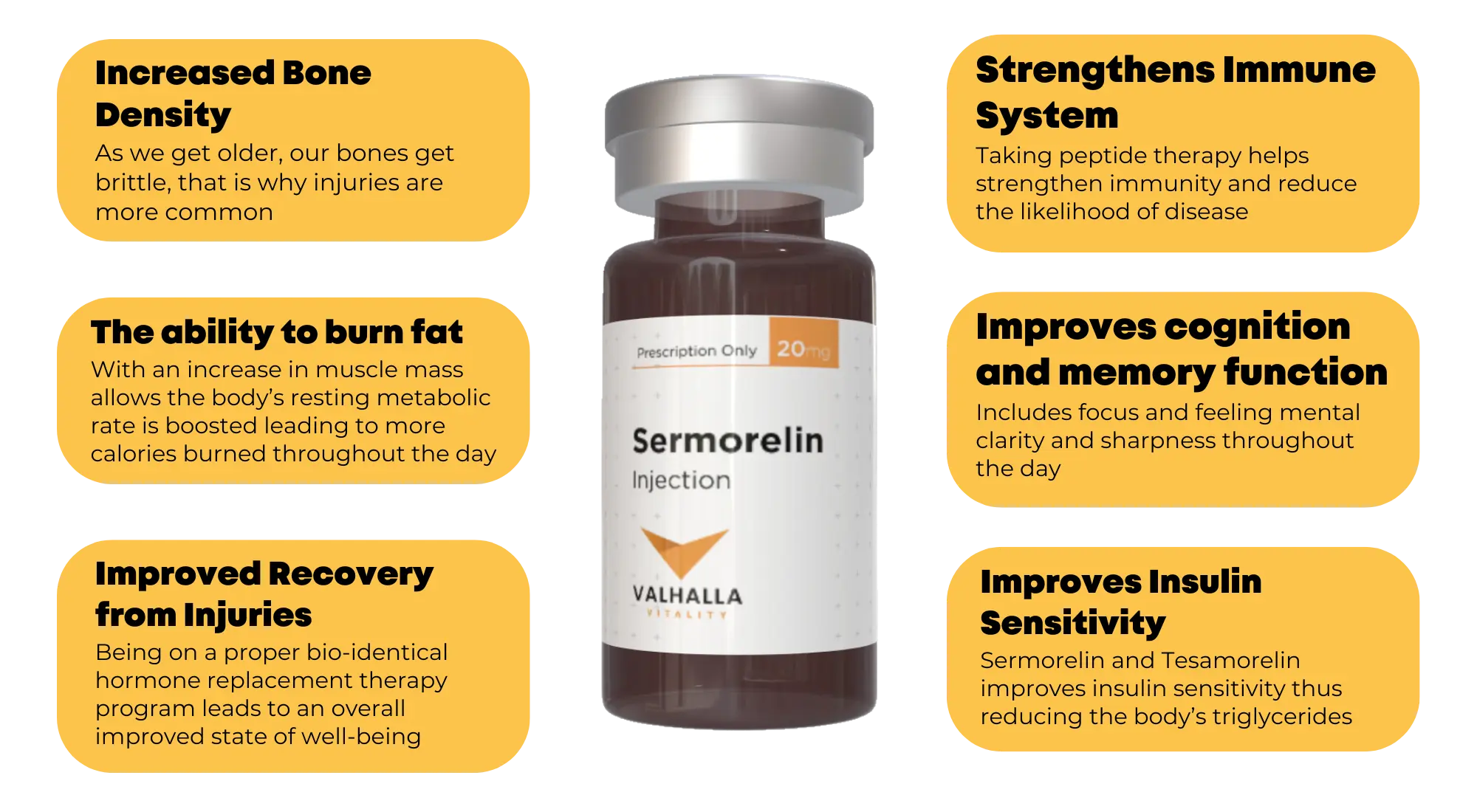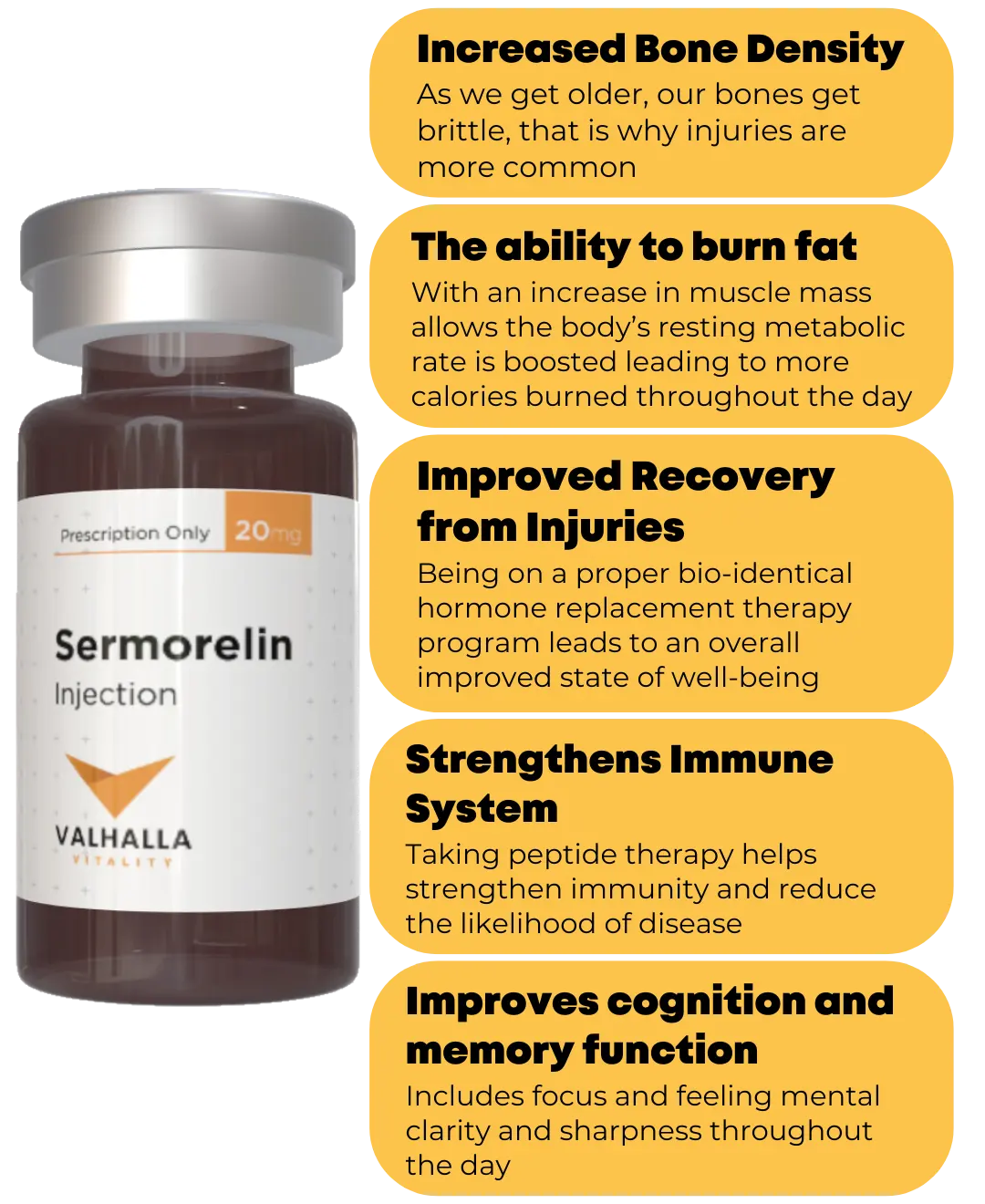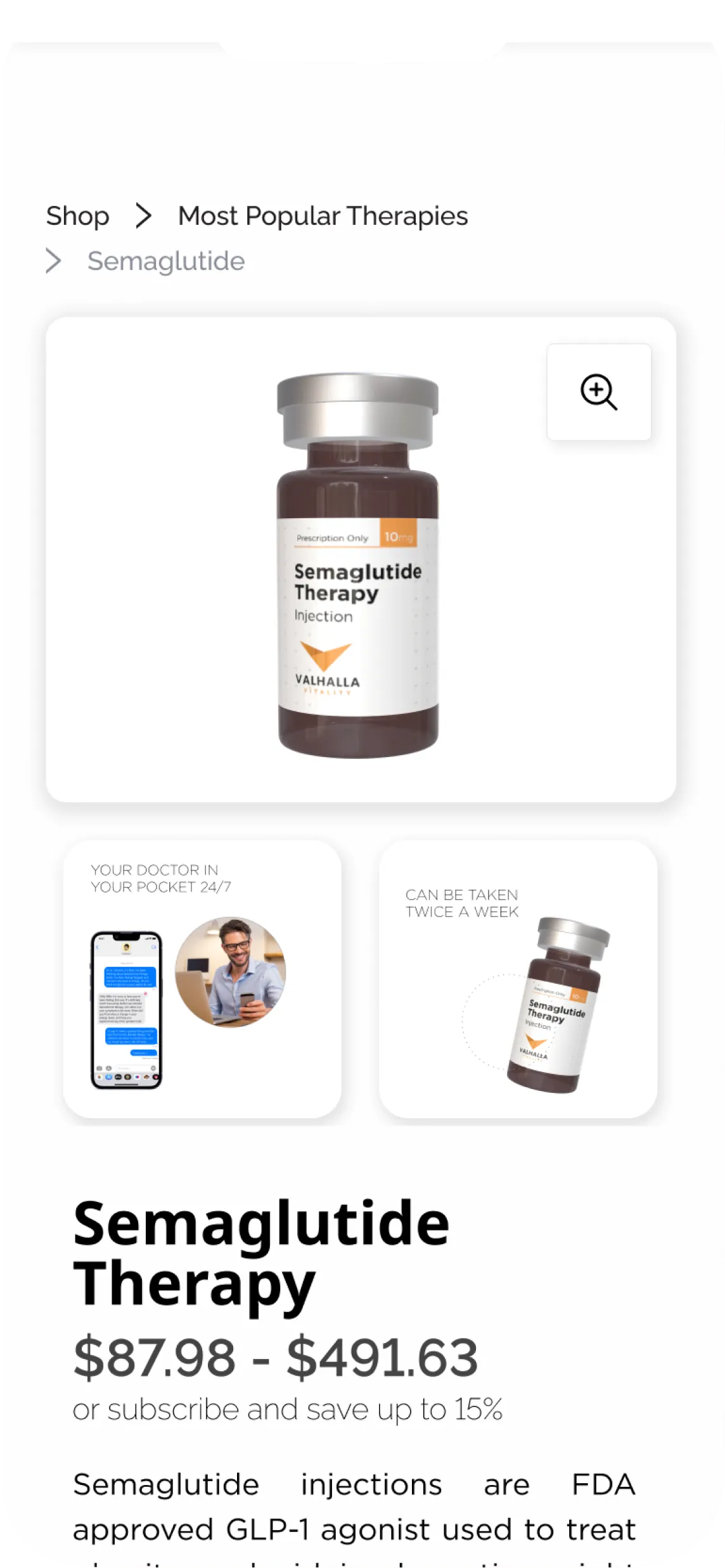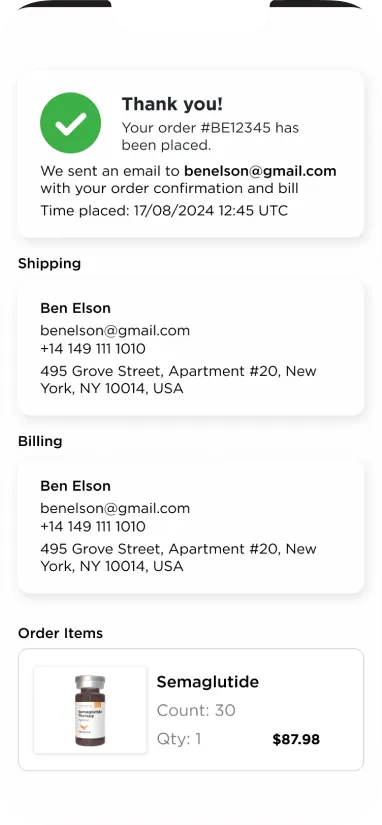Growth hormone stimulating peptide therapy, also referred to as growth hormone releasing peptide therapy, is a regimen that involves administering growth hormone stimulating prescription into the body to replace the stimulating hormones that are no longer being sufficiently produced naturally. This therapy particularly desirable for people who would like to receive the benefits of HGH with a lower risk of side effects and without paying the high cost of taking HGH directly. Our clinicians provide therapy with prescription growth hormone releasing peptide (GHRP) medications, such as Sermorelin to help you handle disruptive symptoms caused by aging or injury.
Sermorelin Therapy

Peptide Treatment Timeline

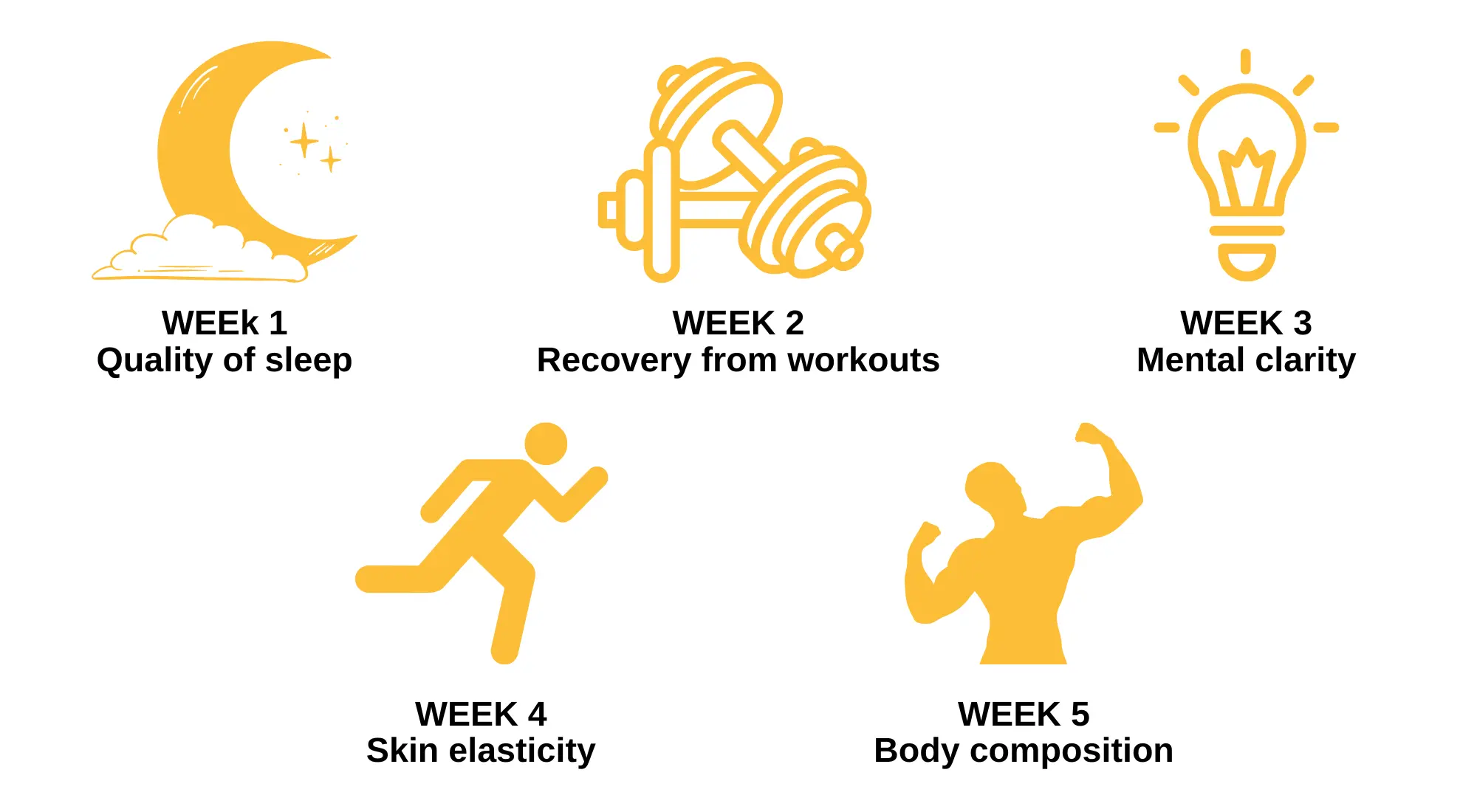
FAQs
What are human growth hormone stimulating peptides?
Medically called growth hormone-releasing peptides, GHRPs are synthetic substances that have a remarkable effect at stimulating the release of growth hormones from the pituitary gland and hypothalamus portions of your brain. As more growth hormones are released, more repair systems can do their work
What are the symptoms of low growth hormone production?
Poor mood and self-control. Irritability, insomnia, and impulsivity can also be found in higher rates among people with diminished ability to produce Sermorelin and HGH.
Low energy and vitality. AGHD suffers also note that they experience general feelings of malaise and irritability, largely due to the damage the condition does to one’s own self-esteem and well-being.
Why choose Growth hormone stimulating peptide therapy?
Sermorelin, growth hormone stimulating peptide therapy, is considered as effective as HGH injections unless a medical condition prevents the body from producing Human Growth Hormone. Your practitioner will do a medical screening and review your lab work to diagnose your individual needs and determine if growth hormone stimulating therapy is right for you. As with most medical conditions, it is always important to work with a practitioner who specializes in hormones when considering growth hormone stimulating therapy.
How quickly could I see the results?
Week 1: Increased overall quality of sleep
Week 2: Faster recovery following workouts
Week 4: Increased mental clarity
Week 6: Improvement of skin elasticity
Week 8: Improved overall body composition



Testimonials
“This group is unbelievable and they are one of the most reputable services in the industry. I have nothing but amazing things to say about their company and their staff! Thank you!”
Vincent P07/19/2022
“Valhalla has a completely different approach to people's health. This is a team of professionals that helps you feel your body in a different way. Thank you!”
Ivy H08/21/2022
“After being left frustrated by the red tape of conventional medical insurance I decided to take my wellness into my own hands. I feel heard at Valhalla and I feel they are fair with the cost of treatment options I have chosen.”
William07/11/22


